Kyoto is an important city to understand about the culture and eras that marked Japan’s imperial history. This is the city you need to visit if your intention is to immerse yourself in that ocean of mysticism and exotic society. It’s interesting that when we hear this city mentioned we usually hear about how advanced it is and how positioned it is in the industrial, technological and financial fields, but since we want you to get the impression of the traditional Kyoto, that imperial city that for more than a millennium marked the course of this society rooted in its customs, we prepared this tourist map of Japan according to the most popular places to visit. Let yourself be carried away by its magic in the company of this post.
Tourist Map of Kyoto
Kyoto became the capital of Japan, boasting today a large number of temples and shrines of different kinds, as well as typical houses of ancient Japan and palaces. It wasn’t until the end of the 19th century that the imperial court moved to Japan, but despite being displaced in that direction, it still retained the imprint of an imperial city. You may be familiar with the treaty that sought to curb greenhouse gases, and it was here that such an event took place. Today it retains a vast heritage, and it was so fortunate that it did not fall victim to American bombing during World War II.
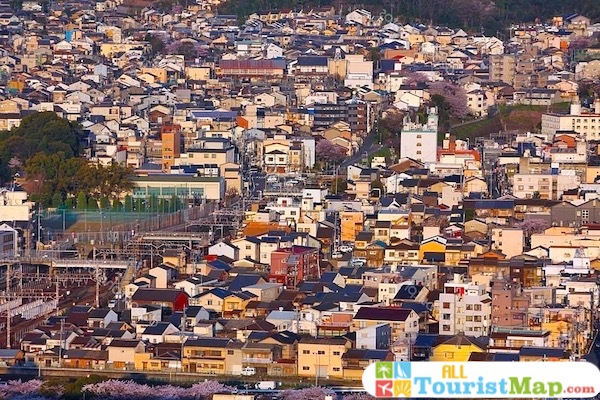
Known in Spanish as Kyoto, it has the image of a modern city and, like other cities, it blends in perfectly with its corners, which seem to have remained unchanged over time. A tour inside this respectable city is based especially on the temples Fushimi Inari Taisha, the pagoda of To Ji, Ginkaky Ji, and Ryoan Ji, keeping in mind that they are not the only ones, but if the most popular. If we want to go for the most intimate and dreamlike, we can go in search of those geishas and maiko that attract so much attention for their clothing and helpful attitude in the districts of Gion and Pantocho. More of the imperial Kyoto can be recognized in the many pieces on display at the National Museum of Tokyo.
Kyoto Tourist Guide
Besides temples and palaces you can combine exquisite walks in places, whose vegetation becomes peculiar at certain times of the year. Specifically in autumn, you will have the famous Philosophy Trail and the Arashiyama Bamboo Forest. Wherever you are, you will have a new experience in your life. To help you enjoy the most precious corners of Kyoto, we have put together this tourist guide to Kyoto. Important to know which places to prioritize among its wide offer and raise your awareness in communion with the thought and fantastic environments.
What to see in Kyoto
Fushimi Inari Taisha

This temple is an image of Japanese traditionalism, well remembered in the famous film “Memories of a Geisha”. What is striking is the large number of torii (a kind of Japanese arch) that have been donated by different families and that adorn the path that leads visitors to the top of a hill more than 200 meters high on which the temple sits. It is important to point out that the tour is exhausting for many, because it consists of a 4 kilometer climb, perhaps for a couple of hours; not many manage to get there but we assure you that it will be worth it. It’s a famous temple built in the eighth century by one of the most respectable families in Japan, the Hata family. At first it was thought to dedicate the temple to the deity of rice and sake, the god Inari.
To Ji Temple
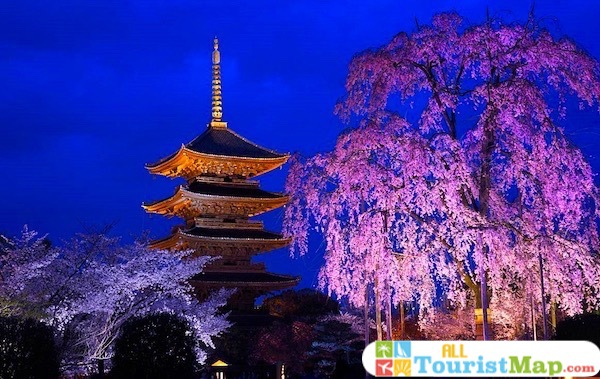
Impressive mix of art in their mandalas inspired by Indian and Chinese trends, concentrated in the teaching of this aspect of Buddhism called Shingon. It is a 5-level pagoda, the highest pagoda in Japan. Traders usually gather around it at certain times of the month to recreate a traditional fair of local and regional products, so we recommend you go specifically on the 21st of each month. The temple is one of the oldest in Japan and is a mere picture of the city. It dates back to 796. Despite being an area of intense seismic activity, the temple has managed to survive these disasters due to its anti-seismic bases, the result of ingenious Japanese civil engineering, which in times past showed significant progress.
Ginkaku Ji
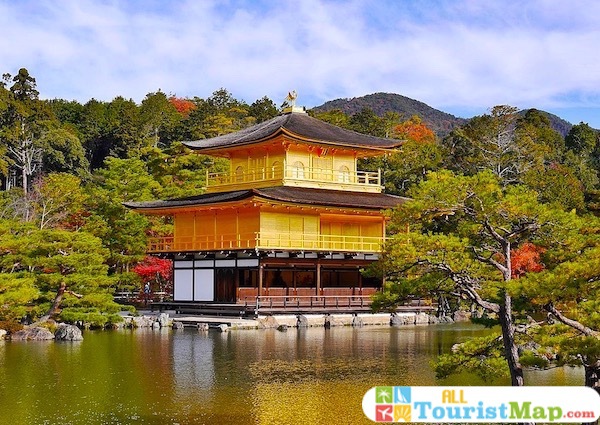
A beautiful temple surrounded by gardens that combine diverse geometric forms in its architecture and distribution of its external spaces. It creates a progression of harmonic patterns with perfectly distributed vegetation. It has a Zen garden of sand that combines with moss and several paths that surround the temple. Known as the silver pavilion temple, it does not imply that it is adorned by the precious metal, rather it has a traditional Japanese housing facade. It makes it clear that beauty is possible in simplicity, something that makes sense in Eastern philosophy. It is located within the Kyoto mountain range and was originally an important center for cultural dissemination. It was used as a resting place for the Yoshimasa shogun in the 15th century. You can access it from the central bus station.
Arashiyama Bamboo Forest
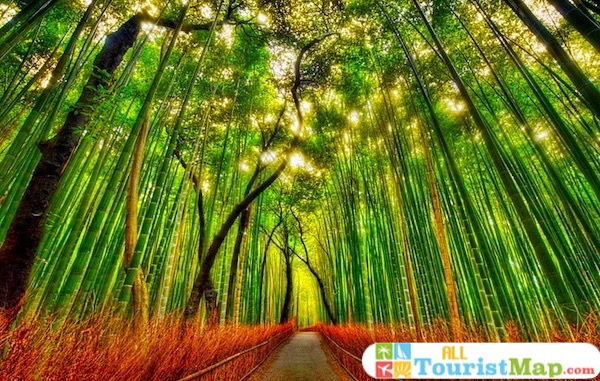
It’s one of the oldest places in town. To get to know it well, you should have a full day if your intention is to enjoy all its leisure options. Surely, paths full of this exotic plant species come to mind, as the paths of this forest are the maximum expression of that greenery. The sound of the clash of the bamboos, the integration with the sky and the light of day, without a doubt one of the scenarios you should see in your life. Enjoy a walk on its many trails that were once reserved for the aristocracy. There are more than 50 variants of this species that abound in the forest, some of them reaching a height of 20 meters. If you want to take some souvenirs with you, you can buy them from the craftsmen who work in the area.
Monkey Park Iwatayama
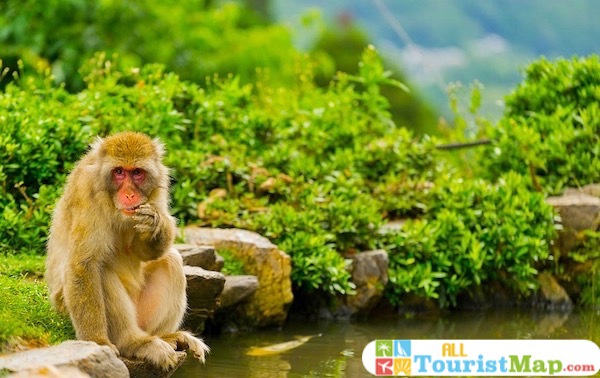
Iwatayama is a sanctuary park for monkeys that enjoy a life in complete freedom. They can be associated with that scene in National Geografic where the little monkeys take a relaxing thermal bath in winter. When you arrive you better have the map of the site in your hand. You will have to make a journey along its many steep paths, but make sure you wear comfortable clothes. While you are going up you will be able to appreciate a beautiful landscape that gives you the environment; if you go in autumn the colors are even more spectacular. As you approach your room, you should pay attention to the instructions regarding your behaviour in the wild. With this in mind, you can buy natural foods cut into pieces in the shops so that you can have fun feeding them. It is great if you are with children.
Gion District

Geisha and tea houses, that’s what surrounds this district. It retains a traditional style that will take you back to ancient Japan. Its corners are full of many secrets and the intimate tradition of these servants. In fact, they are the reason for curious people to go there and seek to capture a moment with them. You can mark a route through this district to which you should pay attention to a map of the site. The idea is to take advantage of the charm of its main streets, its restaurants, old houses, and cultural centers. If you want to acquire some traditional merchandise this is the perfect place, specifically in Sanjo Station. There are areas that you can divide in the tour covering the spaces of the Shirakawa stream. The adjacent Shijo Street also has many shops selling traditional items.
Philosophy Path

O Tetsugaku no michi, arises from the genius of Japanese philosophy professor Nishida Kitaro. Kitaro used to frequent this urban path to clear his mind and get into the depths of human thought. Today this site has become a highly frequented tourist attraction. Peace and space are not at all conducive to disconnection at present, now that many people like to go through it. It is like entering a colorful tunnel, especially in autumn. Cherry trees and sakura flowers, maples and others fill the space that expands parallel to the Shishitagani channel. Set your own pace using its shops, temple, galleries and cafes as inns during this pleasant walk.
Ryoan Ji
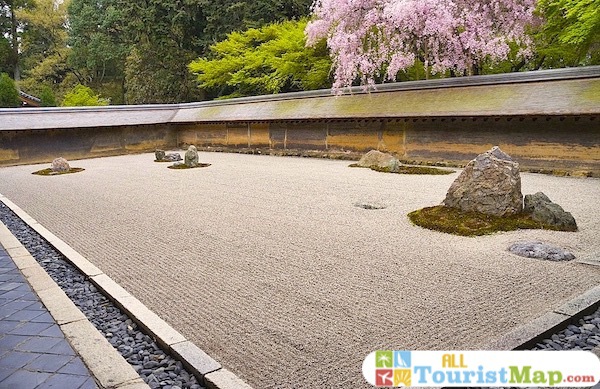
The setting of the typical Zen garden is in this temple. It is impressive because of the beauty that flows from it, despite its simplicity, something we must learn from this culture; beauty in the simple and plain. The sand garden represents the main attraction and is named after Hojo-teien. It forms a perfect pattern of lines furrowed in a layer of sand that is combined with mythical stones that add up to a total of 15 called Shichigosan-no-en. The illusion generated by this composition of elements is a sort of floating rocks. Regardless of what the creator wanted to project, the patterns are the product of hard and patient work.
Nijo Castle
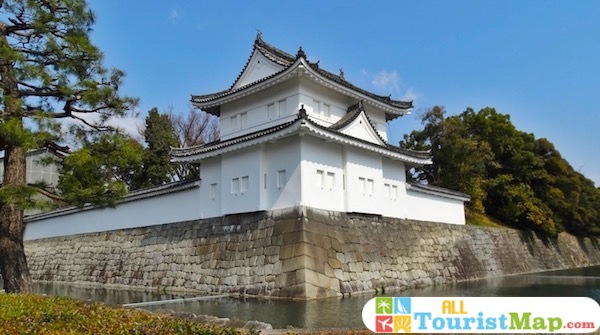
This beautiful castle represents a place of refined Japanese architecture. It is a place of history, since it served as the dwelling of the first shogun belonging to the powerful Tokugawa family; a kind of high noble and military title, granted by the emperor and to which all the administrative and military power of the entire country was conferred. It has a number of curious places like a flat that sings; the shogun did not have many sympathizers and therefore suffered constant conspiracies, which forced him to condition his house in case of an attack. For this reason he ordered the floor to be made of materials and clothing that resembled the song of the nightingale. The sound produced towards hearing any unexpected movement of ninja raiders. The palace also has magnificent paintings that you can enjoy in an afternoon of visual delight.
Pantocho

It’s one of the most entertaining streets in Kyoto. Being one of the 5 geisha districts, it is natural that it has a beautiful traditional architecture, with tea houses, handicraft shops and luxury gastronomic sites. It has the particularity of developing through a street of 600 meters. In spite of its reduced space relative to other districts, there is a lot of life here, especially when the sun goes down. Its restaurants are the main hosts. It is common to see the street with a large influx of people going from here to there with orders and busy geishas doing their jobs. The street itself is narrow, about 5 meters wide, and its lanterns bear the image of a puffin, a figure that appears in Pantocho’s heraldry. You can visit the temple dedicated to Tanuki, the raccoon god of fortune.
Kyoto National Museum
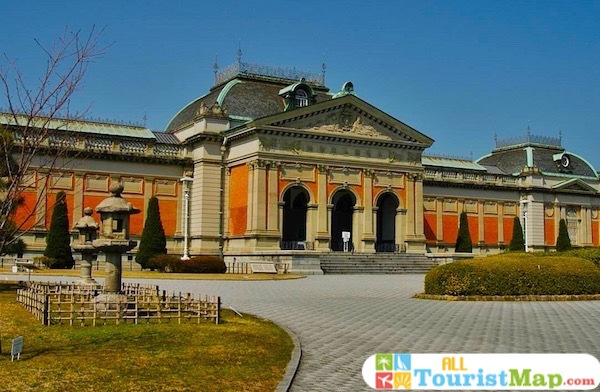
It is part of the collection of imperial museums in Japan. Its theme is based on the exhibition of the culture and accumulated knowledge of the great eras of the Japanese empire such as the Hian period and the Edo period from the 8th to the 19th century. There are about 10 thousand pieces belonging to shrines, temples and exclusive pieces of the imperial house. It represents a compilation of different trends and time frames distributed among textiles, written paintings, ceramics and emaki, a kind of story illustrated in a horizontal sheet. All of them are own collections and donated by various organizations interested in the dissemination of culture and history of Japan and specifically of Kyoto.
Map of hotels in Kyoto
Being a relatively small city there is not much difficulty in choosing an ideal area. It is also important that you get to know its districts, especially in the northern and central areas. We leave this map of hotels in Kyoto so that you can familiarize yourself with the names of the most popular districts and where you can choose what atmosphere is suitable for staying, depending on who you come with and what atmosphere you are looking for. ANA Crown Plaza is located in an old building but with a modified interior with a sophisticated finish. It is an ideal place to go on foot and get to the Nijo Castle without any problems. Its bedrooms are very comfortable and it has a sauna room.
